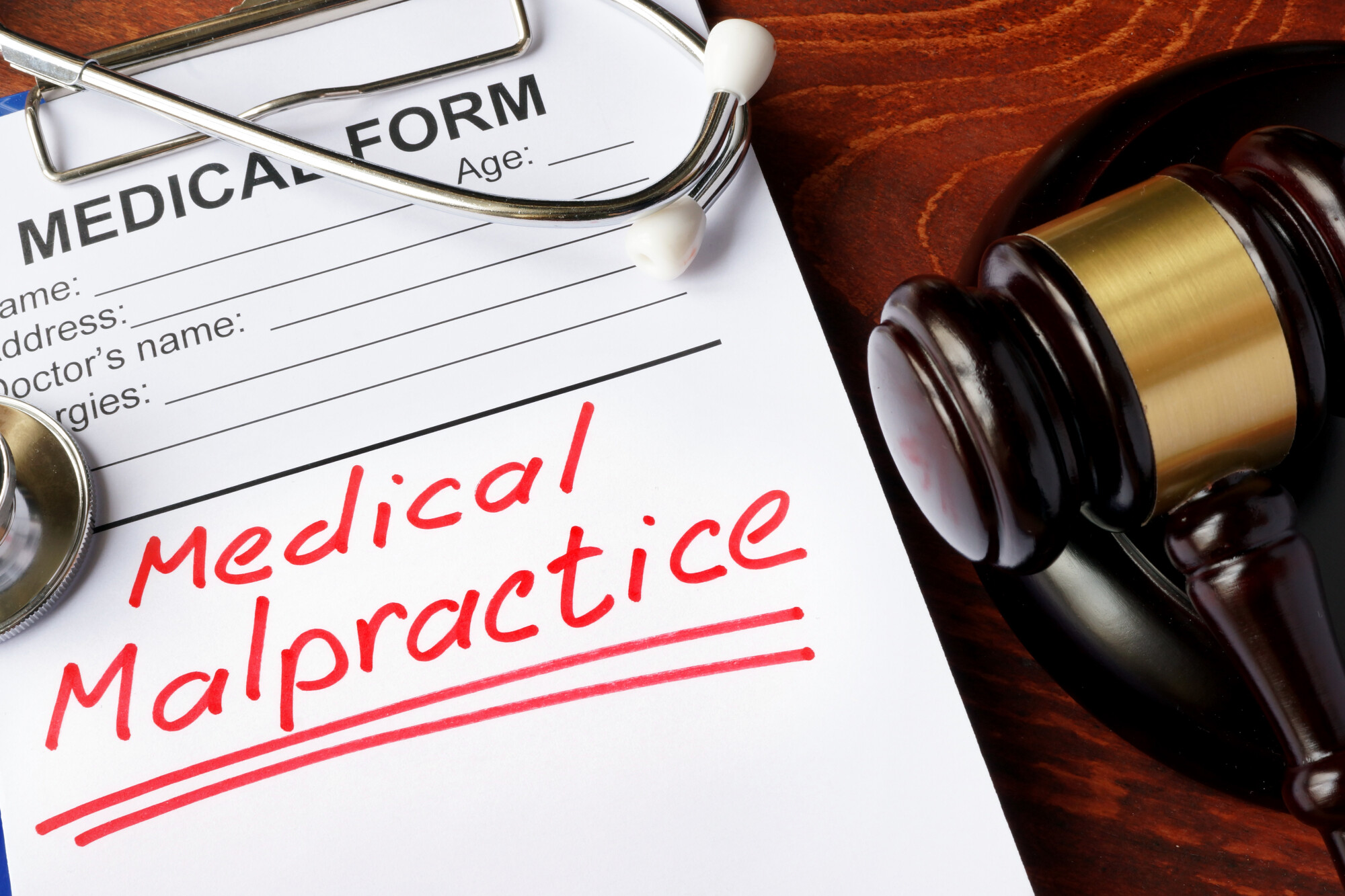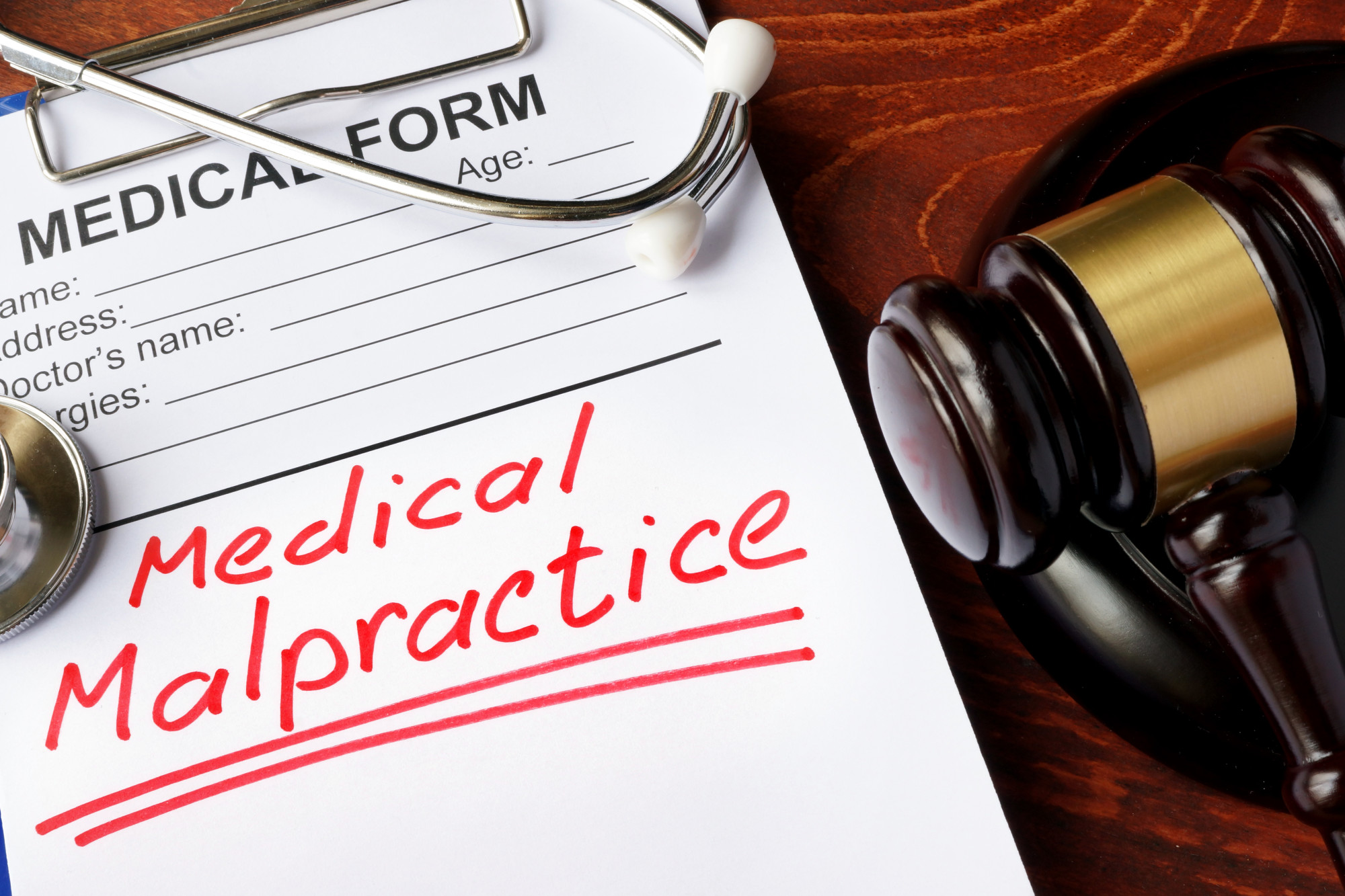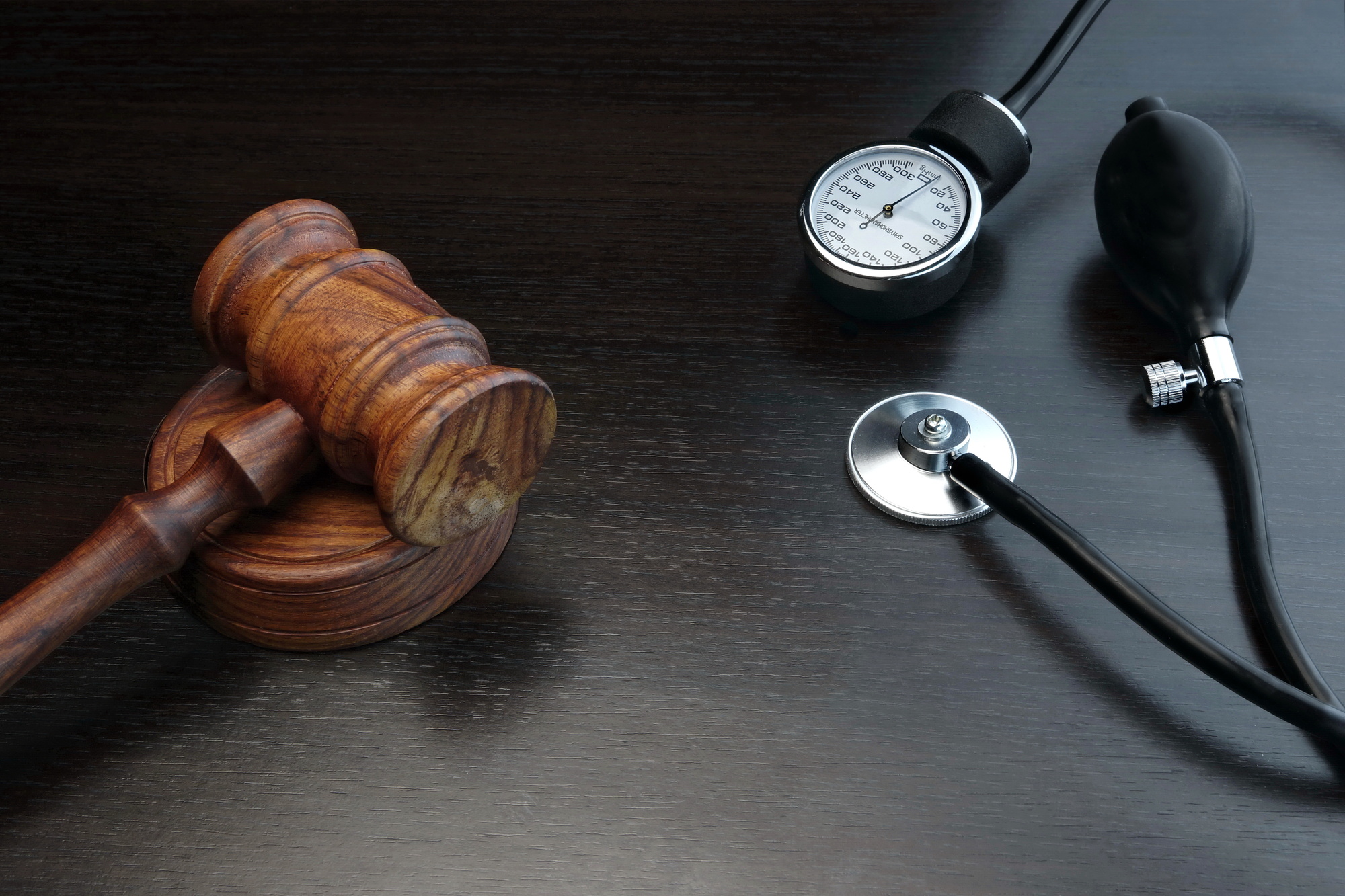As a patient, you should be able to trust your doctor or other medical professionals with your life. So, what happens when that trust is broken? You suffer from injuries that lead to lost wages and over-the-top medical bills. You are struggling with the changes in your life due to these catastrophic injuries.
When you are the victim of medical malpractice and an injury occurs, it’s important to get in touch with a medical malpractice attorney immediately.
Continue reading to learn more about malpractice lawsuits and when you should considering filing one.
What Is Medical Malpractice?
Medical malpractice is a type of personal injury lawsuit or claim where medical negligence or error caused a severe, life-threatening injury. For it to be a medical malpractice claim, it needs to have:
- A health professional with a duty of care
- A breach in the duty of care provided
- An injury due to this negligence
- A significant injury and life-changing
Several instances can translate to a medical malpractice lawsuit, including:
- Misdiagnosing or failure to diagnose a health problem
- Performing unnecessary surgeries or making surgical errors
- Birthing errors or preventable birth defects
- Administering the wrong medication or the wrong dosage of the right medication
- Disregarding a patient’s medical history
All of these actions can lead to a severe personal injury or even a wrongful death situation.
Medical Malpractice Damages
Two types of damages can be collected in a medical malpractice case: economic and non-economic.
Economic damages are meant to cover the lost income that becomes compromised due to the injury. The injury likely prevented you from going back to work. Now you have bills that are past due and the medical bills are piling up with no way to pay for them.
With the compensation from the lost wages, you will be able to pay your bills and financially provide for your family for the foreseeable future. You might consider investing some of the funds for future use or set up trust funds for your children to make sure that they are provided for.
Non-economic damages cover the things that don’t involve money, including:
- Pain and suffering
- Loss of consortium
The term “pain and suffering” refers to the mental and emotional trauma that occurs as a result of personal injuries, such as PTSD or insomnia. These things affect the quality of your life following the injury. The more severe the trauma, the more monetary compensation you will get to help ease that pain.
“Loss of consortium” comes into play where the injury is affecting those around you. If you were the victim of a serious, life-altering injury, it’s possible that you can no longer physically care for your family, your children, or your spouse.
You can use the funds from non-economic compensation to provide for your family’s needs such as child care, elder care, or spousal care. This will give you peace of mind that your family is taken care of.
What Is Wrongful Death?
Wrongful death occurs when a patient dies due to the mistakes made by the medical professionals. Lawsuits of a wrongful death case are generally started by a representative of the deceased individual’s estate on behalf of the surviving family members. Losses that can be retrieved during a wrongful death lawsuit include:
- Pain and suffering of the victim
- Costs of medical treatments
- Funeral and burial costs
- Lost income and wages
- Lost inheritance
- Loss of services provided by the deceased individual
- Loss of care provided by the deceased
- Loss of companionship
- Loss of consortium
These cases require a “burden of proof” that shows that the victim would’ve been fine if it wasn’t for the negligent behaviors of the doctor or hospital staff. The doctors and hospital staff took an oath to provide medical care to the best of their knowledge and abilities. When they get careless, their quality of care declines, accidents happen, and innocent people die.
Proving Malpractice Lawsuits
The party responsible for the injuries or death in this situation need to be held accountable for their actions. Due to their carelessness and recklessness, they caused pain and suffering to the victim. In Hawaii, a medical malpractice lawsuit can be brought on to anyone who caused a death due to negligence.
You have to prove that the responsible party performed medical care to some degree, but failed to perform at an acceptable standard of care. This refers to the breach of duty of care mentioned earlier.
Proving the doctor-patient relationship is easy while proving the medical negligence resulted in injury is a little more complicated.
While you can represent yourself, it’s not recommended, especially if you don’t have a legal background. Things can get messy and your lawsuit can get thrown out if you aren’t careful. Your malpractice lawyer will be able to make a connection between your injuries and the doctor responsible.
Your medical malpractice lawyer will have experts review your medical records. From there, they will be able to confirm that you received less than ideal care from the doctor or hospital staff. The expert witness will be able to determine if the healthcare team actually provided an acceptable standard of care.
Medical Malpractice Lawyer in Hawaii
Not only does the ideal lawyer for presenting malpractice lawsuits need to be board-certified, but they also have to have experience practicing medical malpractice law. If you are looking for someone who specializes in medical malpractice in Honolulu, Hawaii, look no further. At Cummings Law, our sole focus is on personal injury and medical malpractice cases.
Contact Cummings Law today for more information about medical malpractice. We can get you the compensation that you deserve for the wrongful death of a loved one or an injury suffered at the hands of a medical professional.











